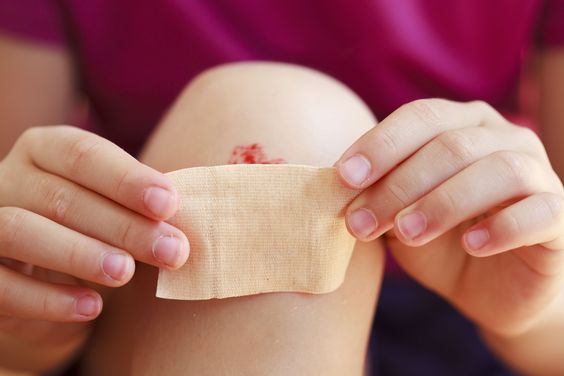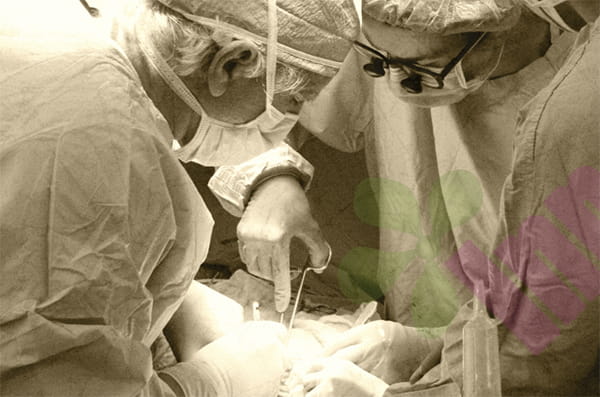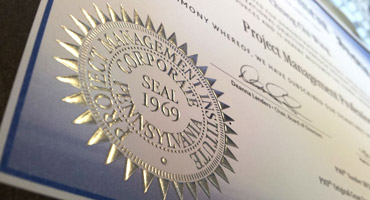In daily life, skin trauma is unavoidable, from bumps and abrasions to bruises and injuries. Local lumps may form during the wound healing process. This wound lump may seem ordinary, but it may be a normal reaction of the body's self-repair, or it may be a warning sign of infection or other complications. This article will deeply analyze the causes, scientific treatment methods, and prevention strategies of wound lumps to help you calmly deal with this common health problem.

Where do wound lumps come from?
When the skin is damaged by external forces, the human body will immediately initiate an inflammatory response: blood vessels dilate to increase local blood flow, immune cells gather to remove pathogens, and fibrous tissue proliferates to repair the wound. During this process, blood and body fluids may seep into the gaps between surrounding tissues, forming hematomas or edema; if the wound is deep, damage to the subcutaneous fat or muscle layer may also cause tissue swelling. In addition, if improper handling leads to bacterial invasion, the immune response caused by the infection will further aggravate the formation of lumps, and may even be accompanied by typical inflammatory manifestations such as redness, swelling, heat, and pain.
Three-step approach :
1. Cold compresses relieve pain and control exudation.
The acute inflammatory period is within 24-48 hours after injury. At this time, hot compresses should be avoided. Instead, ice packs or cold towels should be used to wet the wound for 15-20 minutes each time, 3-4 times a day. Low temperature can shrink blood vessels, reduce blood exudation, and inhibit nerve conduction to relieve pain. Note: When cold compressing, gauze should be used to isolate the skin to prevent frostbite.
2. With a bandage to promote absorption.
For closed wounds without obvious ulceration, a self-adhesive elastic bandage can be used to apply moderate pressure. The pressure should be controlled within a range that can limit swelling and not affect blood circulation (it is best to be able to insert a finger). This can help lymphatic return and accelerate the absorption of hematoma, especially for injuries in the joints of the limbs.
3. Observe for signs of infection and intervene promptly.
If the wound becomes progressively swollen, the skin becomes redder and more tender, or is accompanied by fever, pus discharge, and other abnormalities, be alert to bacterial infection. See a doctor immediately, and the doctor may control the infection through debridement and drainage, antibiotic treatment, etc. When treating the wound yourself, do not squeeze the lump to avoid aggravating the spread of inflammation.
How to prevent it?
In the early stage of the wound, after cleaning the wound, cover it with a sterile dressing and avoid using alcohol to irritate the wound.
Functional exercises should be performed gradually: joint movements should be gradually restored after the swelling subsides to prevent long-term stiffness caused by muscle adhesions.
Nutritional support is essential: Protein, vitamin C, and zinc are key nutrients for tissue repair, which can be supplemented through lean meat, eggs, citrus fruits, etc.
following conditions occur, you should seek medical attention immediately
The lump continues to grow for more than 72 hours without relief
Fluctuation or pain that comes and goes (may be due to pus accumulation)
Accompanied by systemic symptoms such as high fever and chills
The lump is near a joint and affects its function
Although wound swelling is a manifestation of the body's repair mechanism, improper treatment may lead to chronic pain or dysfunction. Mastering scientific coping methods can not only relieve immediate discomfort but also avoid future troubles. Any abnormal swelling is a signal from the body. Rational treatment and timely intervention are the wise choices for health management.
For more information on Innomed® Elastic Bandage Self-Adhesive, refer to the Previous Articles. If you have customized needs, you are welcome to contact us; You Wholeheartedly. At longterm medical, we transform this data by Innovating and Developing Products that Make Life easier for those who need loving care.
Editor: kiki Jia

 English
English عربى
عربى Español
Español русский
русский 中文简体
中文简体








